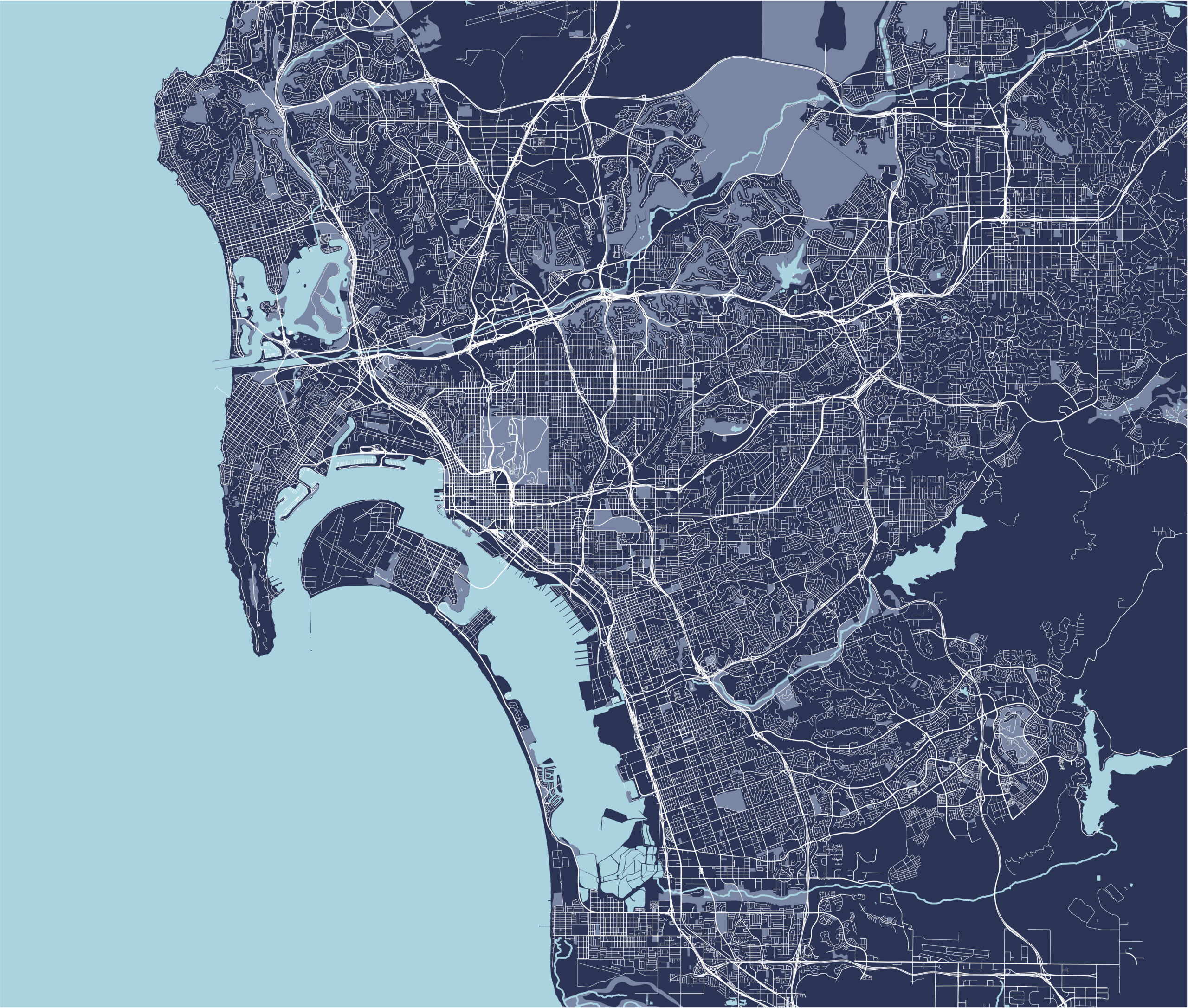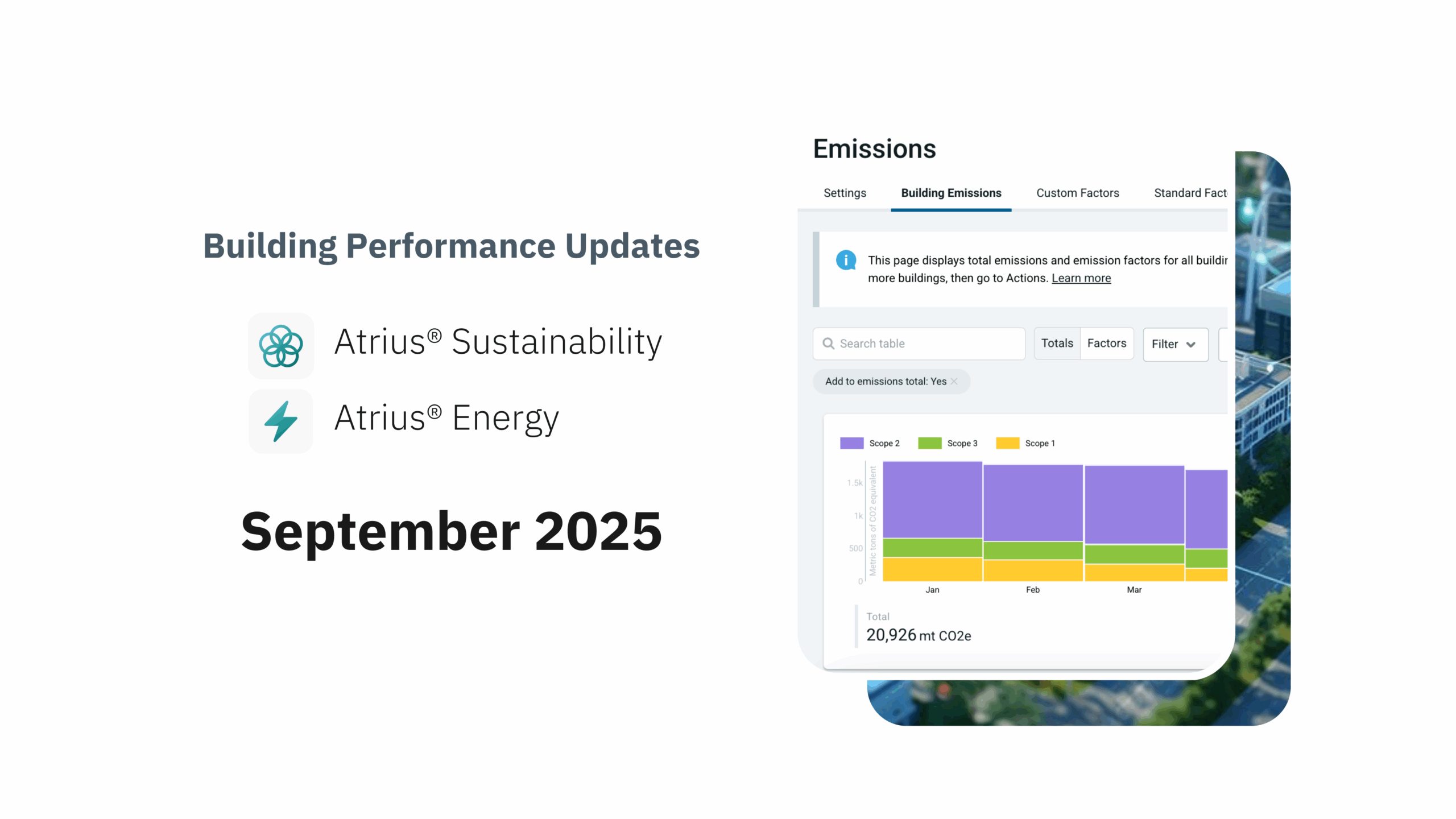This article was originally published on Hospitality Technology.
Decarbonization and net-zero are big goals for the hospitality industry but there are many smaller steps to take on the way to reducing your carbon footprint.
The hospitality industry is one of the world’s largest business sectors, with its overlapping components of tourism, travel, accommodations, entertainment, dining, and diverse supporting services. As pandemic restrictions ease, the industry is expected to see a growth rate of 15.1% amounting to $4,548.42 billion market in 2022, and that is projected to climb to $6.7 billion by 2026.
As one of the fastest growing industries, especially the hotel and travel divisions, it is also one of the largest contributors to greenhouse gas emissions (GHG). A 2021 study estimates that travel and tourism generate 8 to 11% of global GHG emissions.
By making steady progress in areas of ‘low-hanging fruit,’ San Diego county achieved reductions of 6,020 metric tons of carbon dioxide in 2020 and is now aiming for 233,758 metric tons by 2030.
Pick the Low-Hanging Fruit
Decarbonization and net-zero are big goals for the hospitality industry, but there are many smaller steps to take on the way to reducing your carbon footprint. Buying carbon offsets is one method companies use to say they’re reducing their impact. Some of these programs, however, have negligible climate protection benefits. Procurement teams need to be aware of supplier greenwashing claims that can derail sustainability goals. An energy platform with decarbonizing tooling that reduces demand will produce quantifiable progress towards these goals.
Legitimate standards-based carbon offset programs do exist, and can be a useful part of a net-zero plan. But there are more effective carbon-reduction tactics the industry can use to immediately lower energy, waste and water use. Whether an organization is just starting out or well on its way down the sustainability path, meeting ESG goals always depends on accurate measurements, ongoing tracking and easy to share collaboration tools.
Software platforms that leverage machine learning to provide predictive forecasting can track and respond to changing environments and bring immediate efficiency gains to energy management. Tracking, measurement and analysis allows energy managers to make the data-informed decisions that optimize nearly every operational area of an ever-changing, public-facing environment. Energy managers who get out of old-fashioned manual spreadsheets and install a digital strategy that continuously compiles data will have an unprecedented level of insight into their operations.
Once you know where your energy is going, changes can be made. For example, buildings represent 40% of annual global GHG emissions, and identifying ways to lower energy use and minimize waste within your built structures can result in substantial carbon reduction overall. Something as simple as changing a light bulb can result in a 90% energy savings, as LEDs are far more efficient and long lasting than incandescent bulbs.

Case Study: San Diego
One place to see this sort of steady progress in action is the County of San Diego. As a major tourist destination set in a beautiful locale, it has a natural appeal to visitors and the county has long been committed to public ecological initiatives. In part to protect this environment along with a mission to advocate for broader climate action, the county set ambitious goals to lower its carbon footprint. Their goals include reducing greenhouse gas emissions generated by county facilities and its operational activities as well as emissions from the wider community.
The first two years of their Climate Action Plan focused on intensive data collection and deep dives into current energy usage. Moving away from labor intensive compilation of data, they integrated software that continuously measured and evaluated patterns. At the same time, the county worked to foster community support and participation. They conducted numerous public workshops and studies in the areas of energy, the built environment, water use and agriculture. By making steady progress in areas of “low hanging fruit,” the county achieved reductions of 6,020 metric tons of carbon dioxide in 2020 and is now aiming for 233,758 metric tons by 2030.
For many the “low-hanging fruit” are the areas of a built environment that have the largest energy draw: lighting, heating and cooling. Lighting and HVAC are common places hotels and resorts are losing energy without realizing. Strategic use of automated dimming and programmable blinds that detect glare and respond automatically to changing light requirements improves occupant comfort, reduces energy draw, and can keep spaces cooler, naturally.
Programmable thermostats that are equipped with sensors that detect activity and automatically adjust to occupant presence and activities, can reduce energy 10 to 30 percent. Providing guests the ability to contribute to energy savings through smart lighting and temperature-adjusting mobile apps builds collaboration in meeting ESG goals. Many of today’s consumers, especially millennials who are the largest demographic, consider a brand’s stance on climate protection important. Venues have an opportunity to build loyalty and collaboration by being transparent about the air quality, waste reduction efforts, their choices of clean energy sources and their steady progress toward sustainability.
The World Travel and Tourism Resource Council developed a net-zero roadmap that offers climate mitigation guidelines for its sector. The report notes that the industry has less than a decade “to accelerate the transition to low-carbon and circular business solutions; to create new opportunities in energy generation and halve transport emissions by 2030”. Looking at these numbers may be overwhelming but starting on sustainability goals, no matter how small, is the most important thing.
Hospitality destinations are often situated on attractive natural landscapes like islands, coastal areas and mountain regions. The destructive forces of climate change, including extreme weather, rising sea levels, fires and floods, threaten these sites most. It’s imperative the industry create sustainable plans to protect their assets and reduce its greenhouse gas emissions. The cliché “failure to plan is planning to fail” rings ominously true for climate change. Accurately tracking your data and creating a strategy for action is the first step of progress on the path to sustainability.
About the Author
Andrew Blauvelt is Senior Product Director, Atrius, Acuity Brands.



